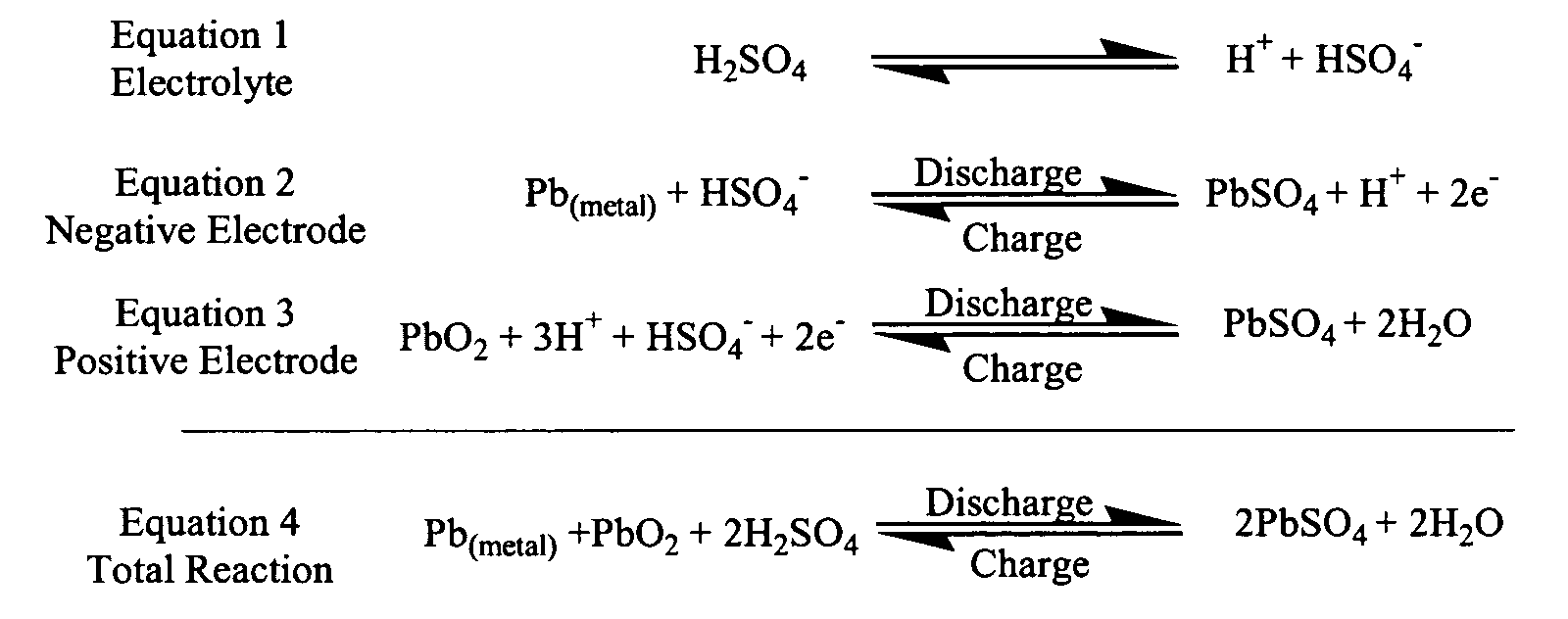drotto
Cleared for Takeoff
So the battery in my plane died Saturday. I went to flip on the main during preflight and nothing happened. This was a relatively new Gill G-35 that was replaced in 6/2017 when I had a catastrophic failure of a 3 1/2 year old Concord battery in the middle of an IFR training flight when I attempted to restart after a pit stop. I will fully admit that the plane has been only used about 4 to 6 hours per month for the last 6 months, and was idle for about 2 weeks before I tried to start it.
I decided to pull the battery from the plane and take it home so I could put it on a trickle charger and monitor how it was doing rather than running back and forth to the airport. When I put it on the charger the charger attempted to charge but failed after about 5 minutes claiming it was at 100%, but saying it was only showing about 5 volts. I ran the battery down to the local repair shop (luckily only 10 minutes from my house), and they were nice enough to hydrometer test the cells, and try and charge it a bit. All the cells tested 100% dead. After putting it on the charger for about 1 hours, all cells still tested 100% dead, and the battery was only showing 11.9 V while attempting to charge as opposed to the 14 or so volts Gill says it should show. Time to make a warrenty claim I guess.
Luckily the shop had a new G-35 all charged and ready to go which they let me purchase. I put the new battery in the plane today. When I hooked it up, the overhead light in the nose baggage compartment lit up. I have no idea how that was even turned on, but suspect it was the reason the battery was drained.
So although long winded. A few questions. Is that one on light enough of a draw to both kill a battery and ruin a battery? It has been in the forties the last few weeks. Although the plane has seemed to be charging the battery fine, and the electrical system check out 10 months ago, with 2 dead batteries in that time, could there be an issue with the voltage regulator or alternator that is killing batteries?
I decided to pull the battery from the plane and take it home so I could put it on a trickle charger and monitor how it was doing rather than running back and forth to the airport. When I put it on the charger the charger attempted to charge but failed after about 5 minutes claiming it was at 100%, but saying it was only showing about 5 volts. I ran the battery down to the local repair shop (luckily only 10 minutes from my house), and they were nice enough to hydrometer test the cells, and try and charge it a bit. All the cells tested 100% dead. After putting it on the charger for about 1 hours, all cells still tested 100% dead, and the battery was only showing 11.9 V while attempting to charge as opposed to the 14 or so volts Gill says it should show. Time to make a warrenty claim I guess.
Luckily the shop had a new G-35 all charged and ready to go which they let me purchase. I put the new battery in the plane today. When I hooked it up, the overhead light in the nose baggage compartment lit up. I have no idea how that was even turned on, but suspect it was the reason the battery was drained.
So although long winded. A few questions. Is that one on light enough of a draw to both kill a battery and ruin a battery? It has been in the forties the last few weeks. Although the plane has seemed to be charging the battery fine, and the electrical system check out 10 months ago, with 2 dead batteries in that time, could there be an issue with the voltage regulator or alternator that is killing batteries?


